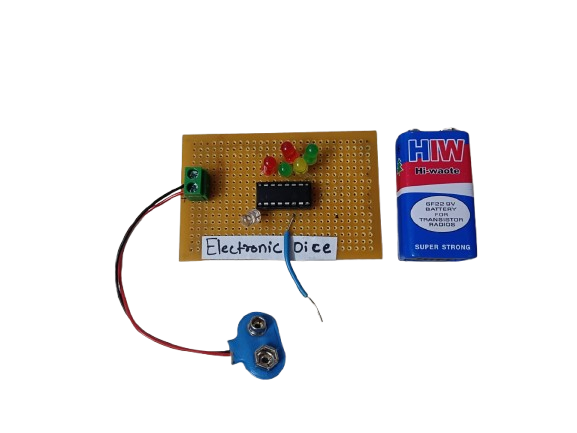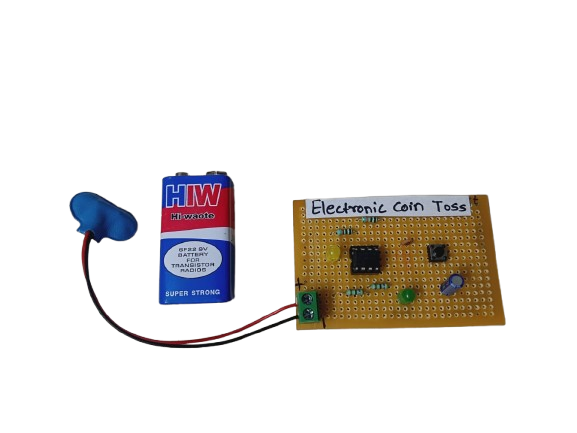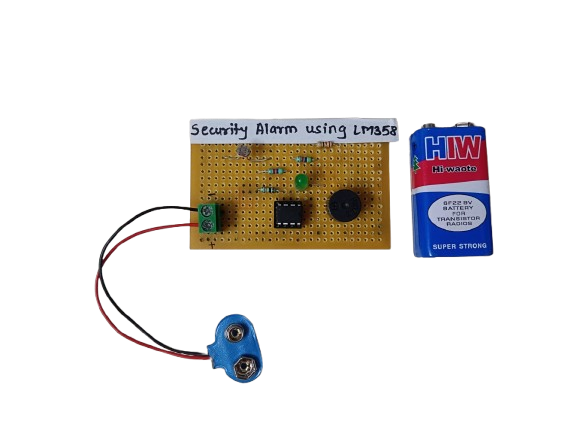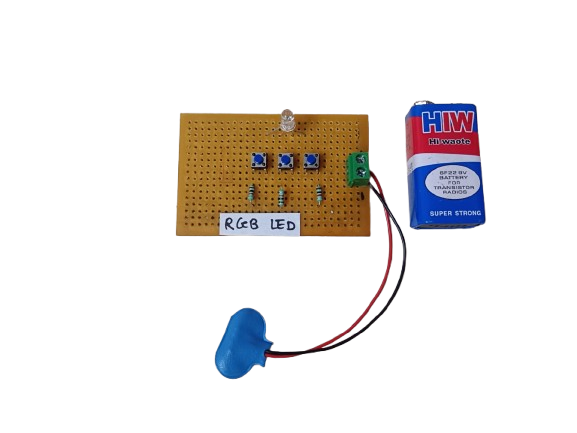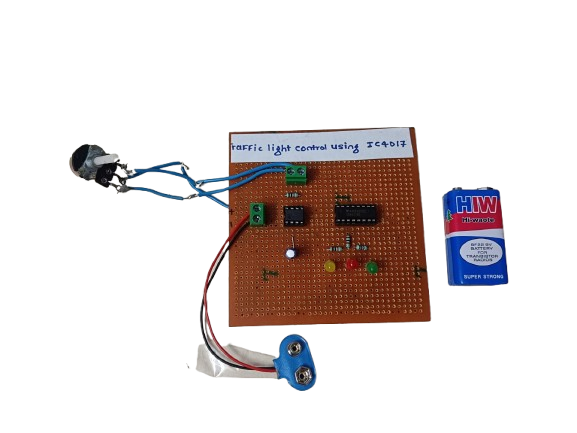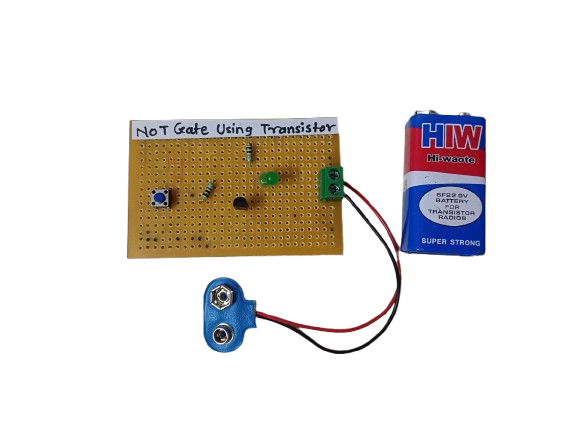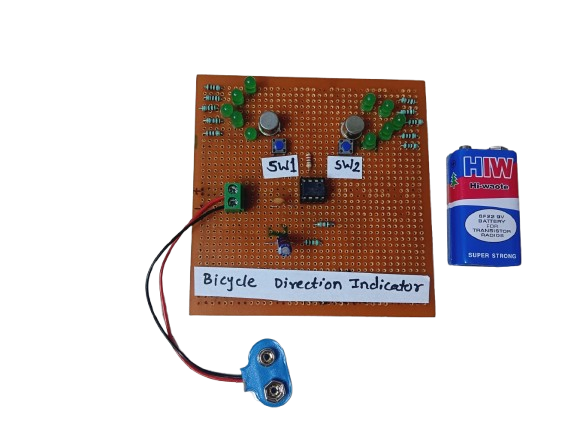Vehicle Tilt Monitoring System
₹185.00
In StockA Vehicle Tilt Monitoring System is an electronic safety system that detects abnormal tilting or leaning of a vehicle, such as when it is on a slope, at risk of tipping, or has experienced an impact. It alerts the driver or shuts down the system to prevent accidents.
Description
A Vehicle Tilt Monitoring System is a smart safety device designed to monitor the orientation of a vehicle in real time. It uses tilt sensors such as gyroscopes, accelerometers, or tilt switches to detect angular deviation from the vehicle’s normal posture. When the tilt exceeds a safe limit—either side-to-side (roll) or front-to-back (pitch)—the system triggers a warning (like an LED or buzzer) or communicates with onboard systems to take corrective actions, such as slowing the vehicle or stopping machinery.
This system is especially useful for:
- Two-wheelers, to detect falls
- Heavy vehicles, to prevent rollovers
- Construction machinery, which operate on uneven terrain
- Off-road vehicles and autonomous robots, where balance is crucial
Applications of Vehicle Tilt Monitoring System:
1.Motorcycle and Scooter Safety
1.Detects falls and alerts emergency services or kills engine.
2.Heavy Equipment and Construction Vehicles
1.Monitors stability of cranes, bulldozers, or forklifts on uneven ground.
3.Off-road and Adventure Vehicles
1.Prevents rollover by giving early tilt warnings.
4.Autonomous Vehicles and Drones
1.Maintains stability during movement and adjusts control accordingly.
5.Agricultural Machinery
1.Prevents toppling of tractors and harvesters on sloped fields.
6.Fleet Management
1.Monitors tilt and crash data for insurance or safety purposes.
-
An Electronic Dice is a digital version of a traditional dice, which generates a random number (1 to 6) and displays it using LEDs or a 7-segment display. It uses components like a 555 timer, counter IC (like CD4017), or microcontrollers such as Arduino to simulate dice rolls electronically.
₹190.00 -
₹15,559.00
-
This project involves controlling a DC motor’s direction using an 8051 microcontroller, with a buzzer and LED indicating the motor’s rotation state. When the DC motor rotates forward, the microcontroller keeps the buzzer and LED off. However, when the motor is rotated in reverse, the microcontroller triggers both the buzzer and LED to turn on as a visual and audible indication of the motor’s reverse rotation





